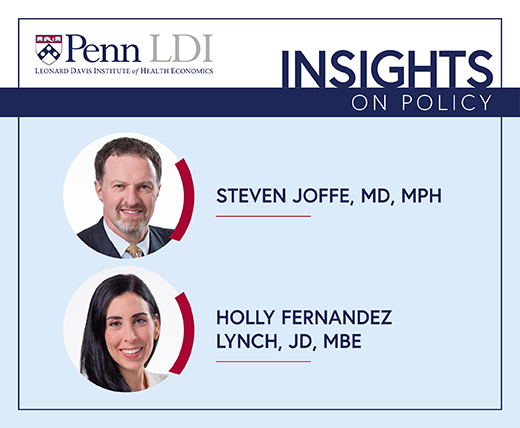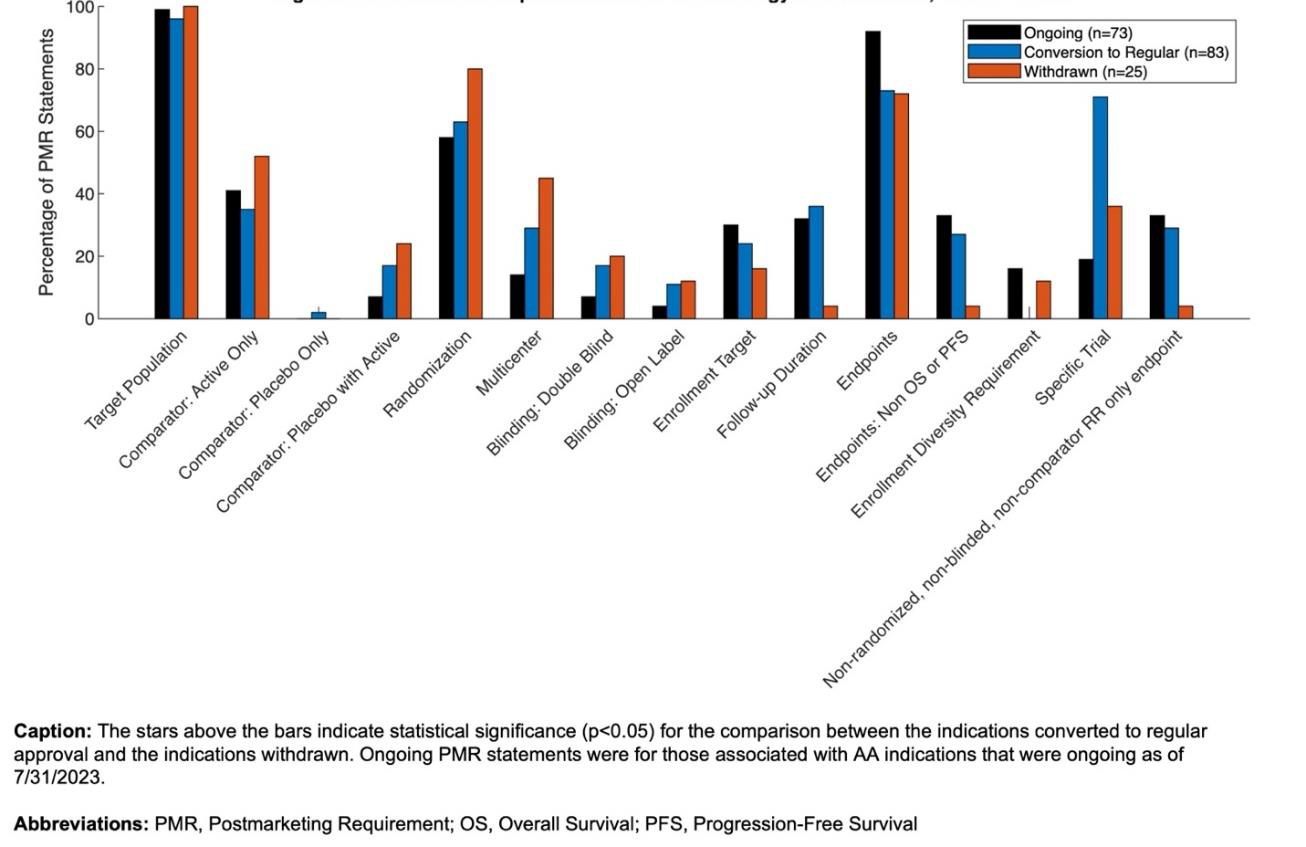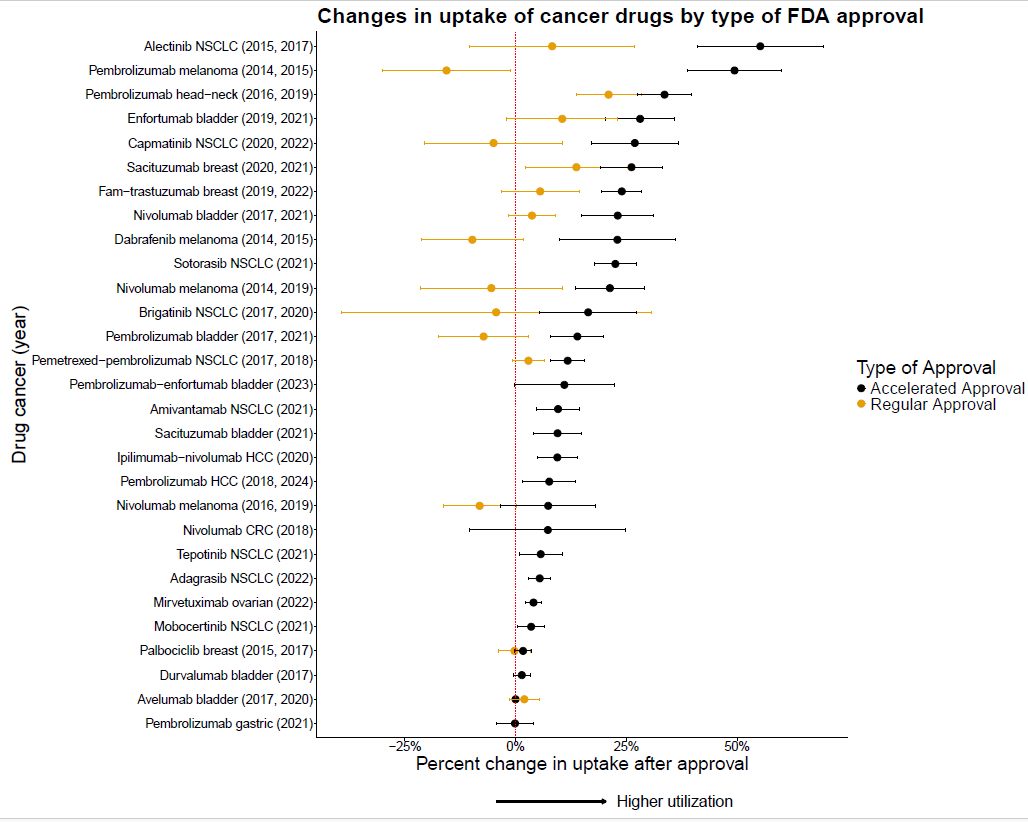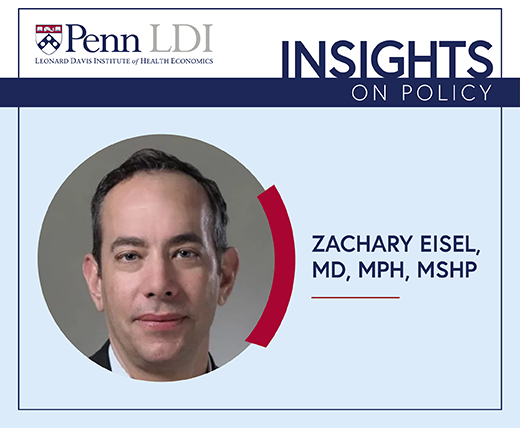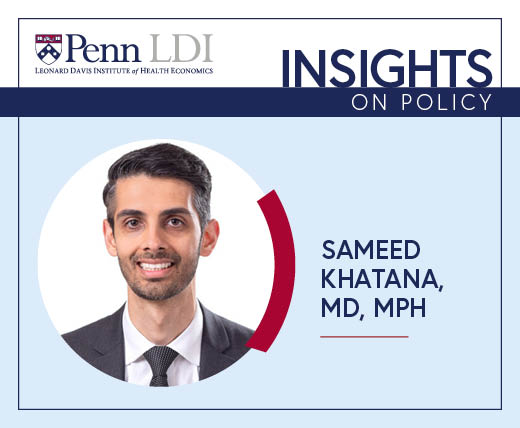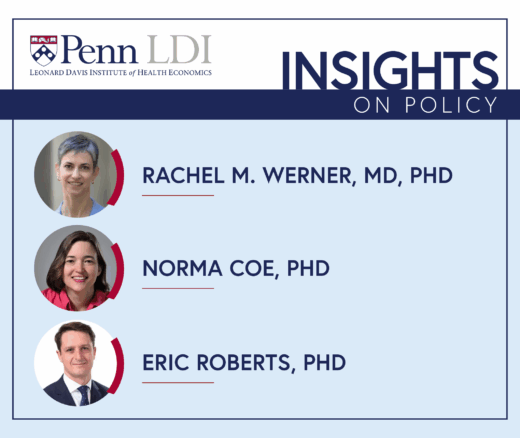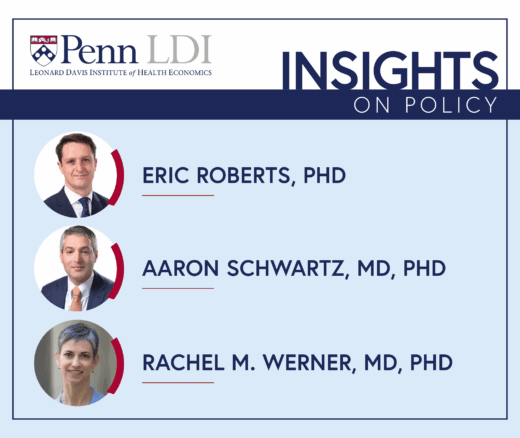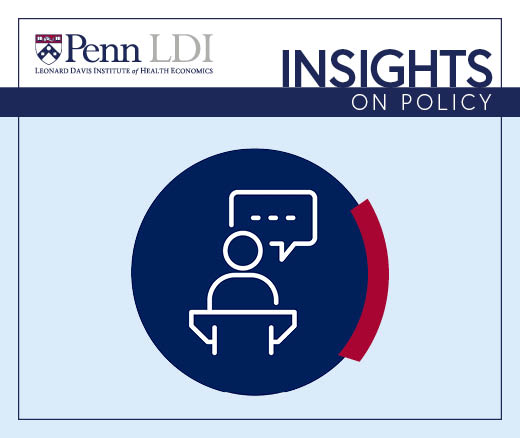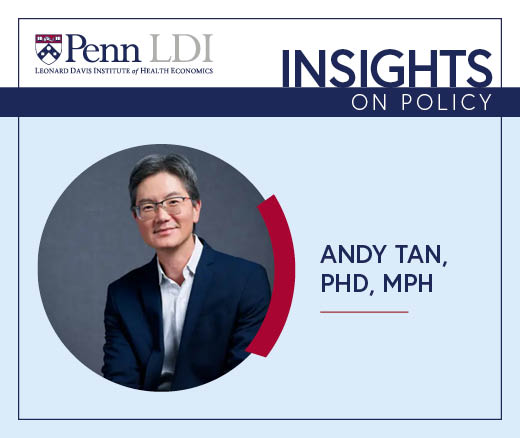At the 2025 Southern California Psychiatry (So Cal Psych) Conference from July 11 – 24 at Huntington Beach, California, Jerry McGuire, MD, director of the residency training and chair of psychiatry at the College Medical Center in Long Beach, California, presented on how to detect bipolar depression from major depressive disorder (MDD). It comes down to 1 thing: family history.
McGuire is also the founder and president of the Stuttering Treatment and Research Society (STARS), a non-profit organization that has raised over $10 million to help people who stutter and raise awareness for this neurological condition. In this interview, McGuire shared how to differentiate bipolar depression from MDD, causes and treatments for agitation, and how to treat anxiety or depression caused by stuttering.
HCPLive: Today at the conference, you’re talking about the difference between bipolar depression and MDD. Can you tell our audience how they tell the difference?
McGuire: The key is cross-sectional. When you see someone and they’re depressed, you can’t tell necessarily. I wish in psychiatry we had blood tests or biomarkers, but [it] wouldn’t be as much fun.
The best way we differentiate is by history, and sometimes not just from the patient, but from the family members or others around them. We look longitudinally back; if there’s ever been a history of mania, then this depressive episode that we’re looking at now would be a bipolar I depression. If there’s history of only hypomanic episodes, and now we’re looking at a depressive episode, then that would be bipolar 2 depression.
There are certainly other clues in our diagnostic schema. One, if a patient has had a… misadventure on an antidepressant, if they’ve been prescribed an antidepressant and they got worse, they got more agitated…that may be a clue that what you’re dealing with is a bipolar depression. If there’s a family history, unfortunately, of people passing from suicide, that may be a clue as well, and even sometimes coexistent substance use that patients with bipolar may, at times, self-medicate. It’s important to look into these other co-existing factors that may give us clues that this is a bipolar depression, as opposed to a major depressive episode of major depressive disorder.
HCPLive: Once you’ve made that determination, what kind of treatments are you going to consider?
McGuire: We tailor our therapies based upon the diagnosis. One thing I’ve always tried to teach my residents, if your known treatments aren’t working, is a diagnosis correct? Sometimes [after] 3 or 4 antidepressants… patients aren’t responding, or they’re getting worse. Is it really major depressive disorder? That’s 1 clue.
Keep in mind that not many agents are approved for bipolar depression. Most of our agents that we talk about as mood stabilizers may be effective in preventing a manic episode or treating mania or mixed states. Our options are more limited when it comes to bipolar depression, and we do have some agents that are FDA-approved specifically for bipolar depression.
HCPLive: You’re also talking about agitation and dementia, which has been a big topic lately, right?
McGuire: With agitation and dementia, our hands have been really tied as clinicians, because unfortunately, for years, patients [were] getting older, and we had nothing FDA approved to treat them. If anything, agents we were using were given a box warning not to use about the risk potentially of increased mortality, cerebrovascular adverse events with antipsychotic agents in patients with agitation associated with dementia.
Fortunately, we have one agent that is on label now, and that’s been FDA approved for the treatment of patients with agitation associated with dementia due to Alzheimer’s. It’s nice to know that we have that option. Fortunately, it appears that we may have other options, BFD approved in the fairly recent future.
HCPLive: Could there be something that’s leading to the agitation? Has a patient, say, had a change in environment?
McGuire: When we change the environment [of patients with dementia], they may become more restless, more agitated. Look for other things that could be leading to it. For instance, a co-morbid medical condition. Perhaps they have a urinary tract infection. Maybe this is a delirium, that there’s some drug interaction [playing] a role. Maybe there’s a slight infection, maybe there’s a metabolic issue. So, before we go adding on another medicine, make sure that we know medically what’s also going on for that patient. Make sure our patients are not in pain before we add something else [to the] board.
HCPLive: What’s the long-term prognosis and treatment strategy for someone with agitation dementia?
McGuire: Right now, we have data that shows that we can treat this acutely. We do know that agitation, in and of itself, leads to a poor prognostic outcome for patients with dementia. We know our goal is to keep our patients in the least restrictive, most supportive environment we can. The longer we can keep them at home, surrounded [by] their family members, the better. The key is preventing those agitation episodes and treating them allows these individuals [to] have a better quality of life and to spend more time with their loved ones.
HCPLive: For patients who come in and see a psychiatrist, maybe they are dealing with depression and anxiety as a result of their stuttering. What can psychiatrists do to help?
McGuire: It’s so important because [among] people [who stutter], over 80% may struggle with social anxiety. We also know that it’s coexisting. Stuttering is a basal ganglia condition.
The key [is] to understand what treatments may make the underlying stuttering worse, and how best we can treat the underlying depression and anxiety, and attention issues. It’s going to be a comprehensive approach, understanding we’re developing, hopefully, newer treatments, that can help the core features of stuttering and then work toward cognitive behavioral and other forms of therapy, and even agents to treat the social anxiety or treat with the ADHD or the obsessive compulsive symptoms without worsening the underlying stuttering.
HCPLive: Anything else that you want to talk about this, or anything else in psychiatry that you think is important for readers?
McGuire: Well, I think what’s important for individuals that psychiatry…is [often] misunderstood because we’re dealing with really the most complex organ system, and that’s the human brain. It’s more difficult to understand than, say, the heart, the kidney.
As we learn more about neuroscience, the understanding will grow among healthcare professionals, and compassion will grow. We need better targeted treatments, and they’re going to be personalized, not one size fits all, and so the diversity of what we see in psychiatric conditions will require that diverse treatment approach as well.








